What's in a name? The question has been asked many times, and more than one person has racked their brains trying to come up with the perfect name for a screenplay, a dog, and even a child. There's a Swiss consulting firm that will charge you over $29,000 to help you name your baby if you have a lot more income than creativity. And who knows, it might be worth it. After all, things can be named in the most unexpected ways.
10. The Milky Way gets its name from the breastfeeding goddess.

The Milky Way galaxy we call home includes 200 billion stars along with our sun. It's about 13.6 billion years old, making it a hair younger than the universe itself, and is said to look a bit like a Pringles potato chip. None of which, of course, explains why they call it the Milky Way.
The somewhat delightful title goes roots in mythology , the same place where most things in space get their names. Saturn, Mars, Jupiter, all the Roman gods. The Romans once called the Milky Way via lactea, which translates as "milk road." If you get the view on the Milky Way on a clear night away from the city, it looks amazing and stunning. And the splash of shining white color is in some ways reminiscent of the Milky Way.
Before the Romans, the Greeks also had a dairy-themed name: galaxies sky " which means "milk circle". So the same idea, more or less. As for the story? Zeus brought young Hercules home to his wife Hera, so that she would breastfeed him while she slept. It is known that Hera hated Hercules. His mother was mortal, and when she woke up and saw the baby, she pushed him away, spilling milk across the night sky. Thus, the Milky Way was born.
9. Wall Street got its name from the Dutch settlers.

For most of us, Wall Street is more of a concept than a real place. It’s been the subject of movies and stories, and we all know it’s where the money is made, even if few of us will ever have a reason to go there. If you’re not entirely familiar, Wall Street is the eight blocks of Manhattan that are home to the Financial District. Both the NASDAQ and the New York Stock Exchange are located on Wall Street.
The name can be traced back to Dutch , who at one time settled in New York as New Amsterdam. There are some variations in the details of this story, as it dates back to the 1700s, but in some of them part of the name of the wall refers to the present wall .
One theory is that the Dutch signed a treaty with the Native Americans in the area and then broke that treaty. They built the actual wall as part of their defense against them after the fact.
Another version of the story says that the end of the settlement of New Amsterdam was marked on the north side by an earthen wall. It could have been used for protection from the Native Americans as well as the English.
Another theory suggests that it may have gotten its name from the Walloons, an ethnic minority from Belgium. Some of the first settlers are said to have been Walloons.
8. Mastodons were named after their teeth.
Mastodons are often confused with mammoths, but they were separate animals with some clearly defined features. The mastodon was shorter and had straighter tusks. And while the mammoth was a herbivore that chewed grass, the mastodon ate tougher food, and his teeth were very different from the smooth, flat teeth in the mammoth's mouth. And this is a very important detail.
While a mammoth's molar looks flat and smooth, a mastodon's molar looks like a cross-section of a mysterious stalagmite cave. These numerous bumps on the teeth helped the creature chew on twigs and branches. The name mastodon comes from this feature and literally translates to " chest tooth " because when their fossilized remains were first discovered, it was thought that the teeth looked like they were covered in nipples.
7. Minke whales were named after an inept whale watcher.
When you hear the name “blue whale,” you can pretty confidently guess what it was named for. Kasatka, though unofficially named, is also pretty easy to guess. But what about the minke whale? It’s an unusual name, and its origins can be traced back to one of the few times in the history of nomenclature that something was named solely to mock someone’s intelligence.
Whaling was once a common practice for many cultures. The people of Norway have a long history of whaling, and it is here that you will find the origin of the minke whale. As the story goes, aboard a Norwegian whaling ship named Mainke there was a man , whose job it was to find whales. They say he was new to the job and apparently not very good either. He called out to a blue whale, which you may remember is the largest creature to ever live on the planet, weighing in at around 200 tons. Of course, it turned out to be at all not a blue whale, and a minke whale, which weighs about 8 tons. As a result of his incredibly large mistake, the crew began to call them minke whales in honor of the poor observer.
6. The Bible is named after a Lebanese seaport.

The French word for "library" is bibliotheque . When a scientific paper or book lists references, it is done in a bibliography. And the book of sacred scriptures for the Christian religion is commonly known as the Bible. There is a reason why they all sound the same, and that is because the root of all the words comes from the same place - a seaport in Lebanon .
Byblos was inhabited from the Neolithic period, from as early as 8000 BC to 4000 BC. During the Greco-Roman period of history, the site became a vital place in the world of books because it was the center of all imports and exports of Egyptian papyrus, the paper on which everything was written at the time.
Papyrus paper soon became one of the most important resources in the world, and the Greeks began to call it by its place of origin, Byblos. The name evolved from byblos to bible as papyrus paper was collected into books. By the 5th century, church leaders were calling the sacred books "the bible," and over time this evolved into the word "Bible."
5. Heroin made people feel like heroes.

Heroin is a drug we are all warned to avoid since childhood because of how dangerous and addictive it is. But at some point, you may have wondered why it has the same name as a female hero, albeit without the "e". It is no coincidence or accident that the words are so similar. Heroin makes you feel like a hero - that's what the name was all about.
Remember, when heroin first came out, it was widely used as a medicine. Heroin is a brand name for a cough medicine made by Bayer, and the name comes from German word for "heroic" . Why call it that? Because people who used heroin at the time described themselves as heroic , and the name stuck.
4. Idaho was made up

The etymology of place names is always fascinating because we often take place names for granted. How many people from California can say with confidence that they know what the word "California" even means? The name comes from a 16th-century Spanish romance novel. California was the queen of Paradise Island. Other state names come from Native American languages, such as Alaska, which comes from the Aleut word meaning "great land."
Unique among the states is Idaho . It may be supposed that the word is of Indian origin, and that is what George M. Willing said when he presented it to Congress as the name of the state of Colorado. He said that it meant " Pearl of the Mountains " The problem was that it wasn't an Indian word at all, he just made it up. So they rejected it and went with a Spanish origin for Colorado, naming it after the river that was dyed red, or in this case, "the color of rojo."
A few years passed and Congress had to name a new state and for some reason they all forgot that Wheeling lied about Idaho being an Indian word. So that's what they went with and to this day it still doesn't mean anything.
3. The Bobbit worm was named after Lorena Bobbitt
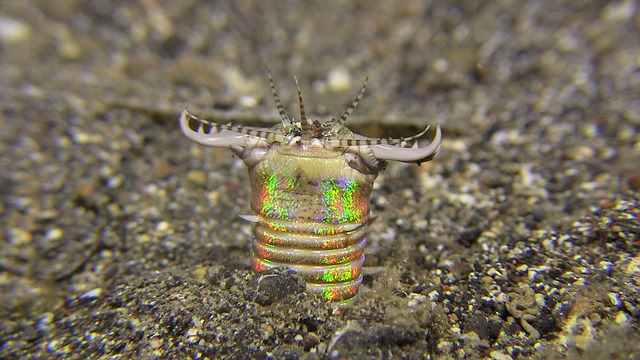
One of the most feared creatures in nature is the bobbit worm. This deep-sea worm lives beneath the sea floor, waiting to ambush prey that settles above it. They can grow up to three meters in length, although most are between two and four feet long, their jaws, which open at an angle of nearly 90 degrees, snap shut with enough speed to cut the catch in half , as they drag it under the mud and muck. They also have stinging bristles that can cause a burning sensation and even permanent numbness.
Despite all the creepiness, it can be argued that the most disturbing thing about the bobbit worm is its name. They were named after Lorena Bobbitt , a woman who infamously cut off her abusive husband's penis with a knife back in 1993. The worm has this name for obvious and unpleasant reasons.
2. Scotch is an insult to Scots.
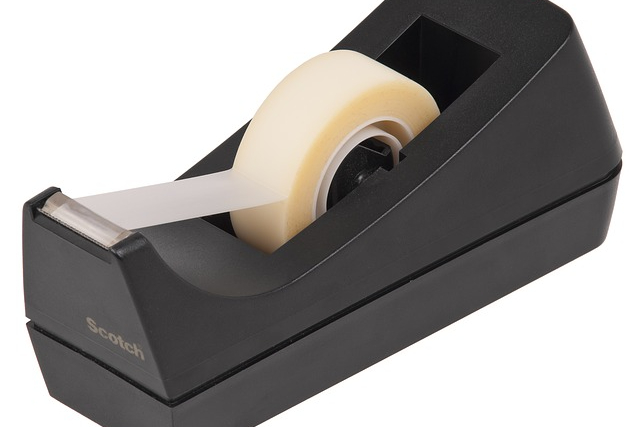
These days, most of us like to think of ourselves as good people, or at least you'd like to think so. The idea of making fun of people because of where in the world they're from is roundly derided as bigoted, prejudiced, and wrong. Naming a product based on negative stereotypes about people from a certain country would be completely unacceptable today. But Scotch wasn't made today. It was made in the 1920s.
Shortly after the tape was invented, its creator Richard Drew was testing it. The worker who was using it was annoyed that it wouldn't stick, and the reason was that the adhesive was only on the edges tape, not the entire surface. The worker told Drew to take it to his to the Scottish bosses — referring to the Scots, whom he insulted for being cheap, a stereotype at the time. The name stuck and became a source of pride.
1. The Ouija board (allegedly) named itself

You can prove that the world's best party game/way to accidentally summon a demon is a Ouija board. You could have bought them back in In 1891 , and they have become even more popular in recent history thanks to their appearance in movies and elsewhere in pop culture. In 2014, they were mandatory attribute of Christmas. Considering that every time someone uses them in a movie, half the actors die, that's impressive.
Aside from demons and ghosts, the most unusual part of the Ouija board is its name. It's not a word you come across very often, and the Internet won't do you much good either. That's because the word Ouija comes from one place: Ouija boards.
As the story goes, a medium named Helen Peters used a spirit board in 1890. She asked the board what she should call it, and it told her Ouija. She asked what it meant, and the sign on the board shifted to the words " Thank you". "
If this story is to be believed, the Ouija board is perhaps the only inanimate object in history to have named itself.






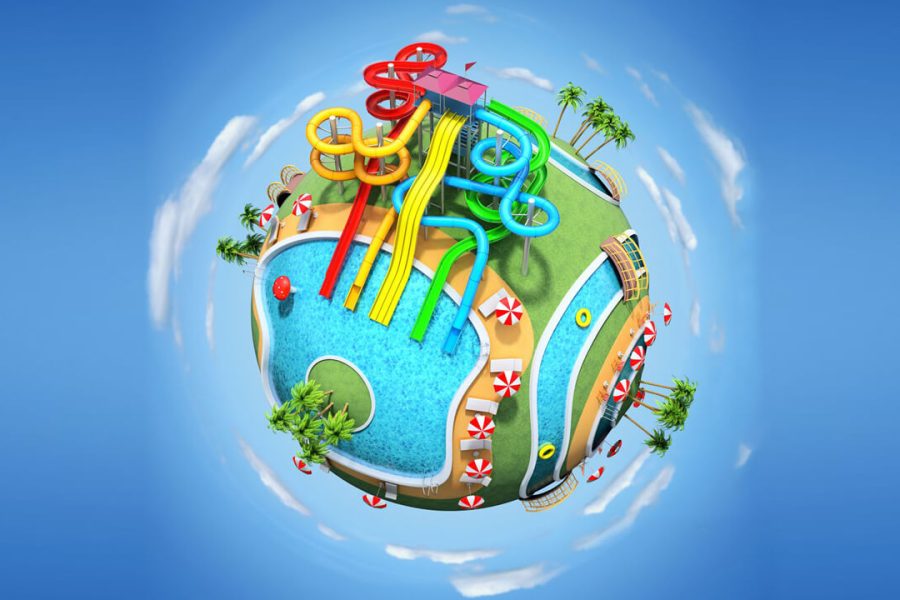


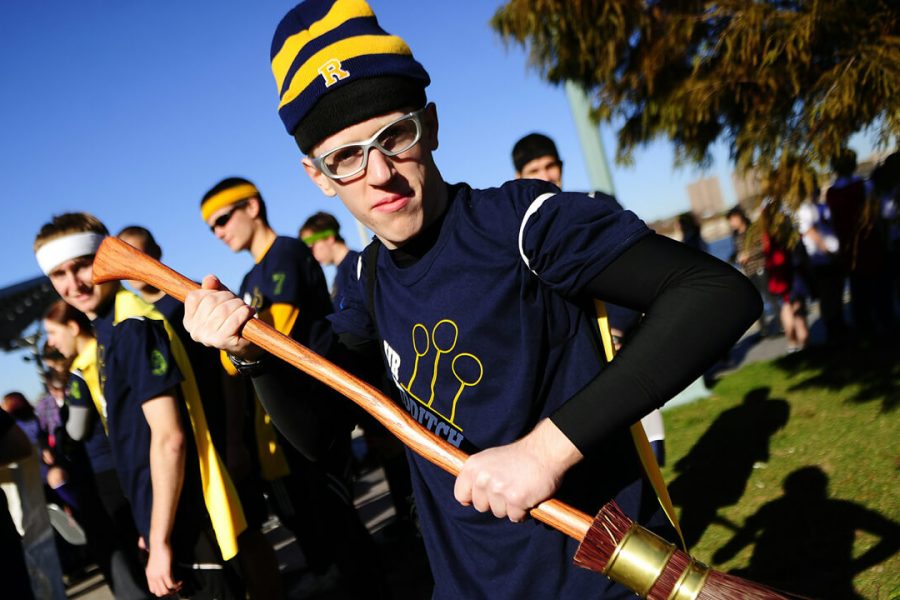

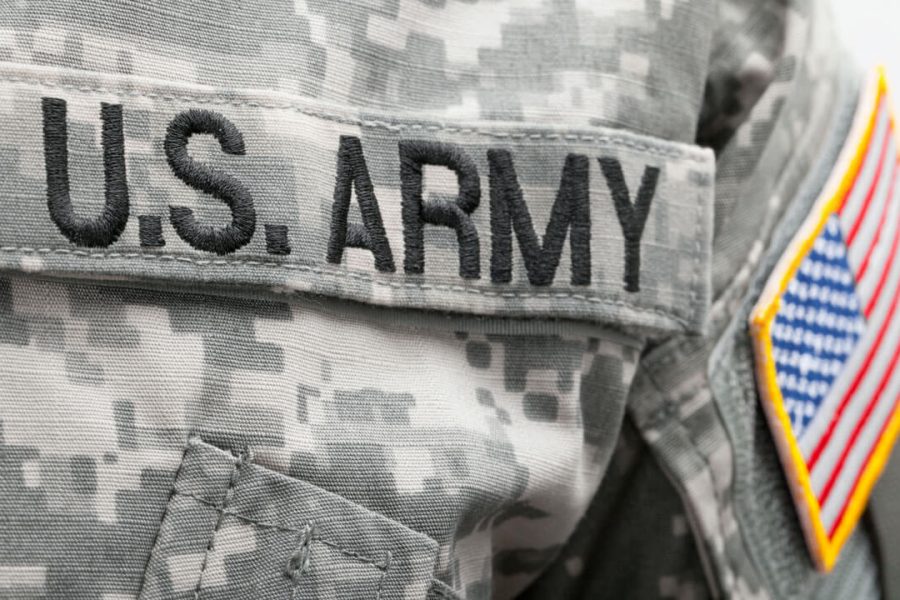

Оставить Комментарий